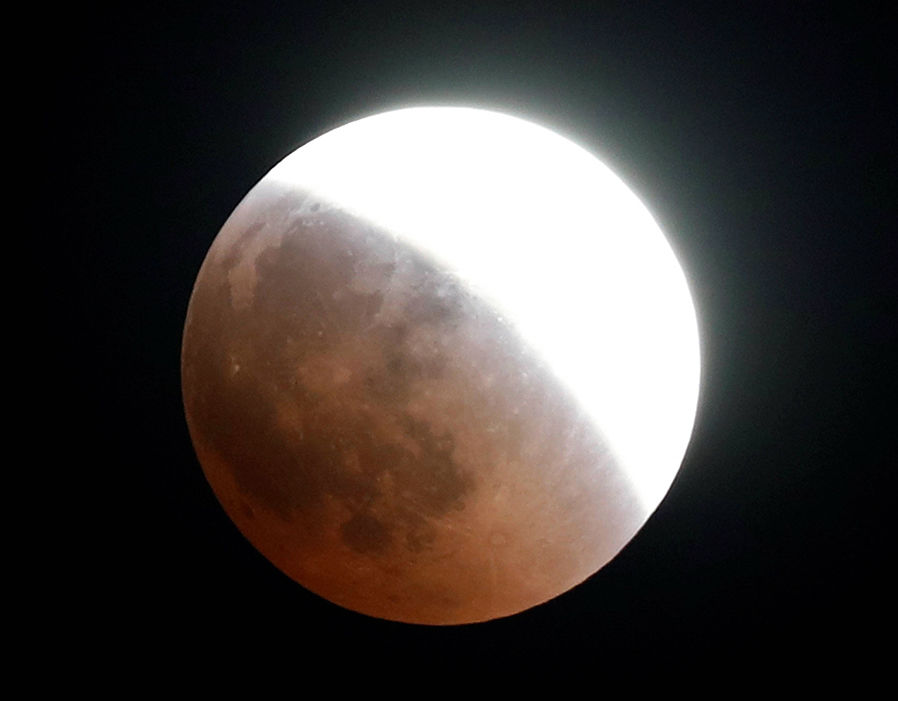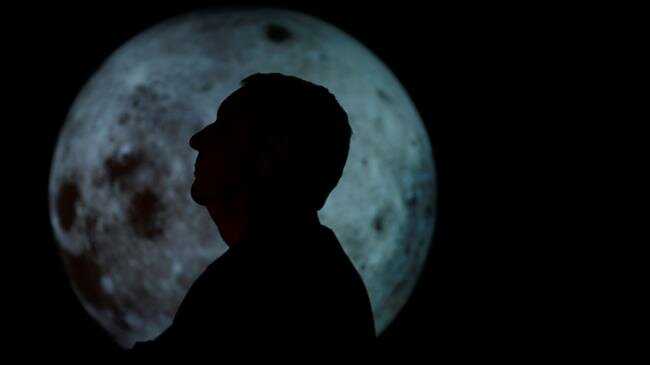A blood-red moon dazzled star gazers across much of the world on Friday when the earth's natural satellite moved into the shadow of our planet for the longest lunar eclipse of the 21st Century.
Publish dateSaturday 28 July 2018 - 03:14
Story Code : 167829
AVA- From the Cape of Good Hope to the Middle East, and from the Kremlin to Sydney Harbour, thousands of people turned their eyes to the stars to watch the moon which turned dark before shining orange, brown and crimson as it moved into the earth's shadow.
The total eclipse will last 1 hour, 42 minutes and 57 seconds, though a partial eclipse preceded and follows, meaning the moon will spend a total of 3 hours and 54 minutes in the earth's umbral shadow, according to NASA.
The fullest eclipse, at 2022 GMT, was visible from Europe, Russia, Africa, the Middle East, much of Asia and Australia though clouds blocked out the moon in some places.
When the moon moved into the conical shadow of the earth, it went from being illuminated by the sun to being dark. Some light, though, still reaches it because it is bent by the earth's atmosphere.
At the same time, Mars is traveling closer to earth than it has done since 2003, so some observers may see what looks like an orange-red star - and is in fact the red planet.
The total eclipse will last 1 hour, 42 minutes and 57 seconds, though a partial eclipse preceded and follows, meaning the moon will spend a total of 3 hours and 54 minutes in the earth's umbral shadow, according to NASA.
The fullest eclipse, at 2022 GMT, was visible from Europe, Russia, Africa, the Middle East, much of Asia and Australia though clouds blocked out the moon in some places.
When the moon moved into the conical shadow of the earth, it went from being illuminated by the sun to being dark. Some light, though, still reaches it because it is bent by the earth's atmosphere.
At the same time, Mars is traveling closer to earth than it has done since 2003, so some observers may see what looks like an orange-red star - and is in fact the red planet.
Source : خبرگزاری Afghn Voice Agency(AVA)
avapress.net/vdccimqso2bqe48.-ya2.html
Tags
Top hits












